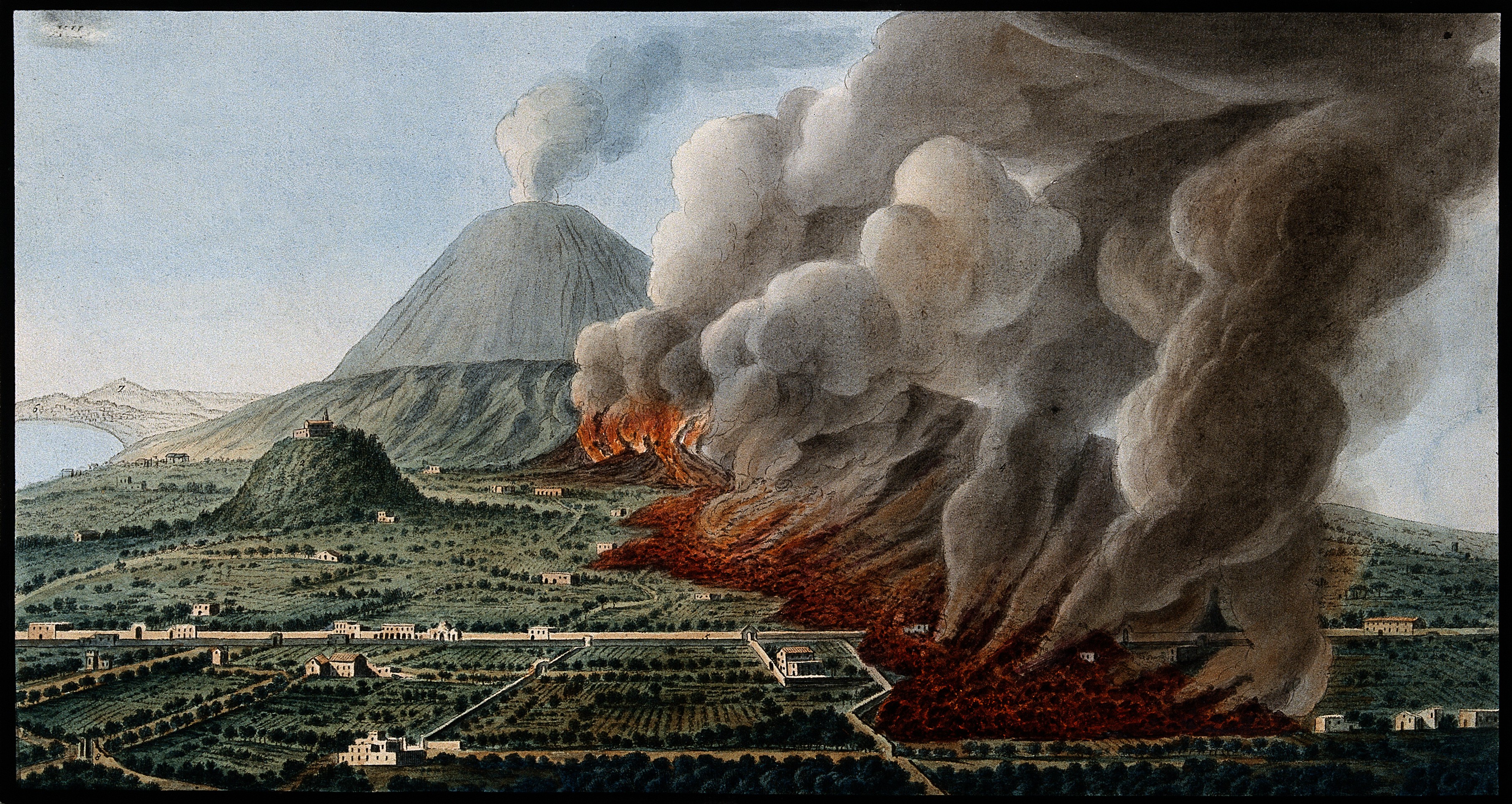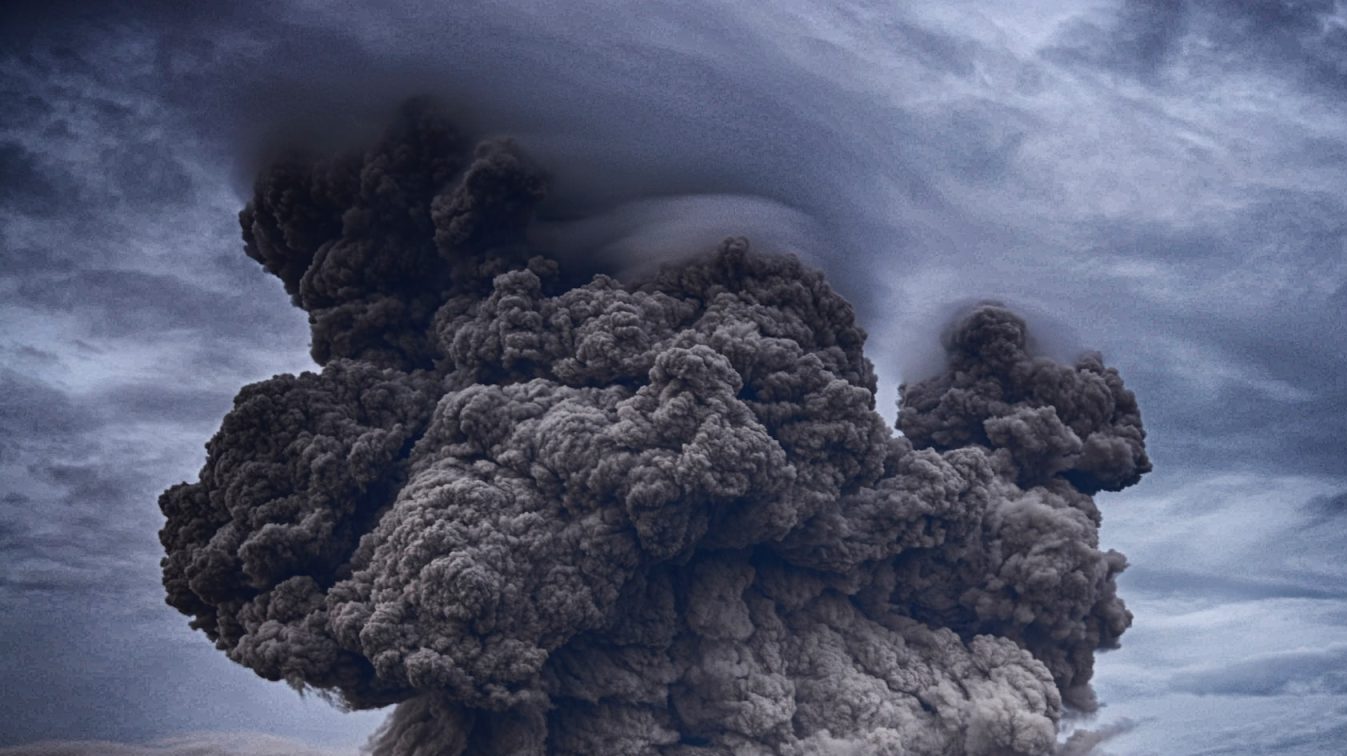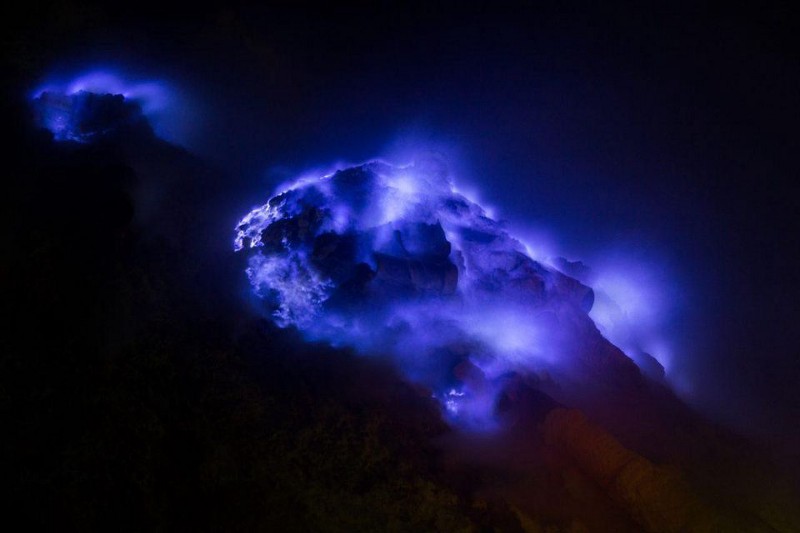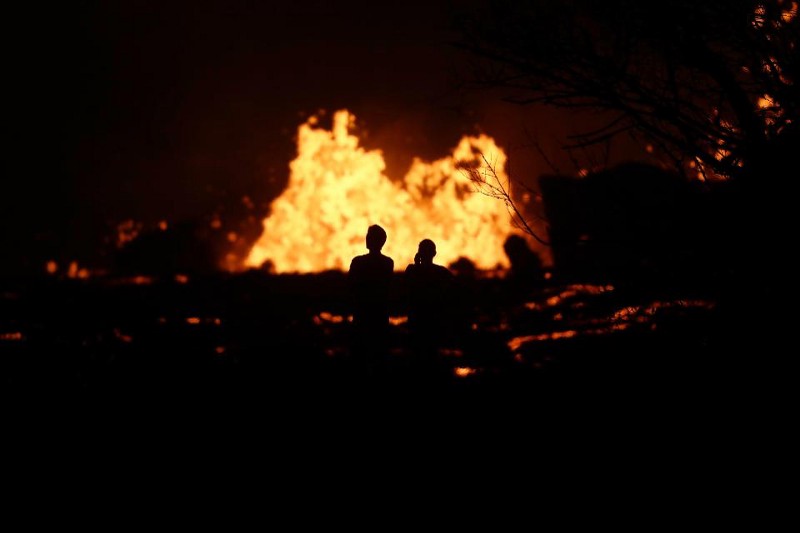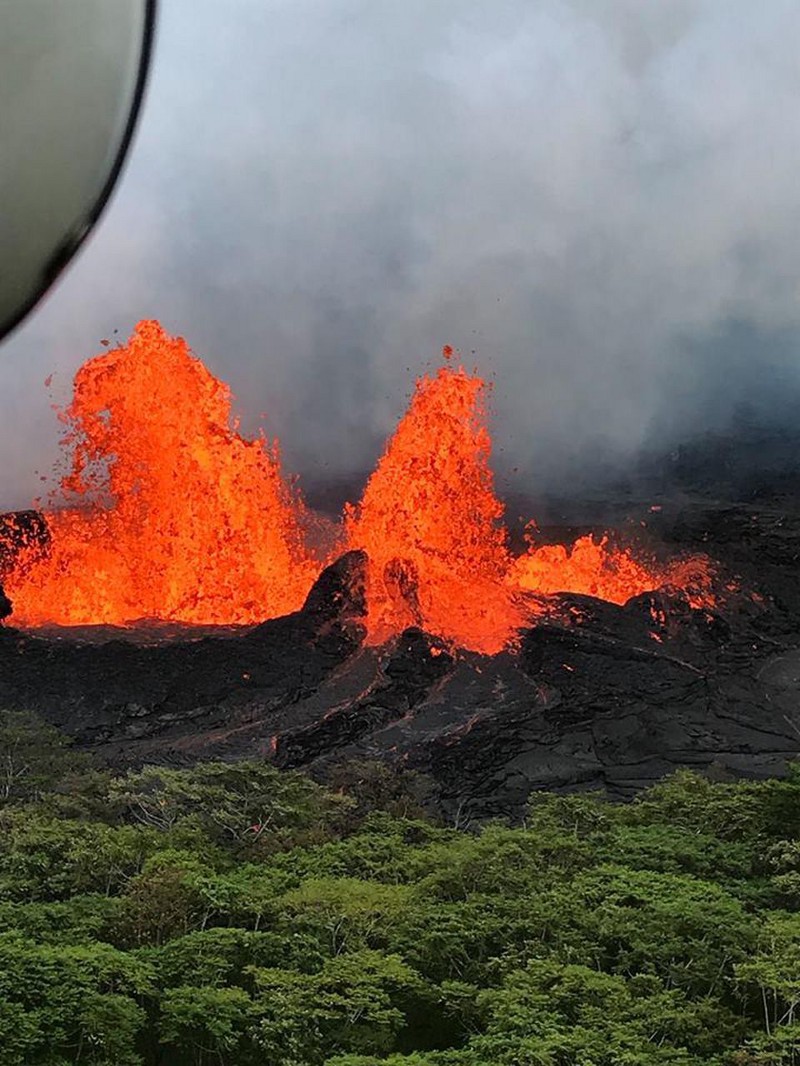Indonesian Update for 11/23/2010: Bromo at highest alert, Merapi still erupting, Krakatau from space
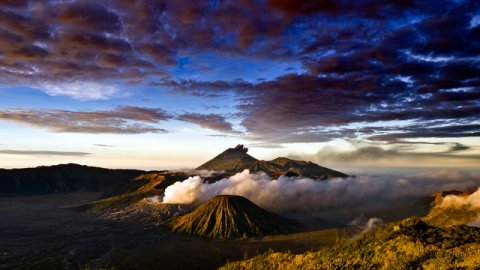
Well, yesterday I needed a day off – Thanksgiving Break had just begun here and my brain was not ready for any productivity, so now I have a little catching up, especially on all the activity in Indonesia. Here we go!
Bromo: The latest news from Indonesia is that yet another volcano has been placed on high alert, this time Bromo. The volcano itself is a scoria cone within the larger Tengger caldera system. This is common in many calderas and other systems like Crater Lake in Oregon that has multiple scoria cones within the collapse caldera. Bromo is a fairly active cone within the Tengger caldera, having last erupted in 2004. That eruption was a VEI 2 eruption – one of many over the last century. Currently, the Ministry of Mines and Energy raised the alert status at Bromo after small ash eruptions. However, the warning is mostly to keep tourists away from the volcano as it is a popular destination. Remember, scoria cones behave very differently than composite/stratovolcanoes. At scoria cones, eruptions tend to be small, strombolian explosions that might produce ash and minor tephra, mostly in the form of basaltic tephra (debris), along with an occasional lava flow, but tend not to generate the large pyroclastic flows we saw at Merapi.
Merapi: Bromo’s cousin has now claimed over 320 lives and displaced over 200,000 people in shelters during the last few weeks of activity. The volcano, although out of the headlines, is still producing ash explosions and minor pyroclastic flows – meaning the volcano is still very dangerous. This is in light of the fact that many people are trying to return home to the flanks of the volcano. The government is trying to soften the blow for many of the farmers in the region, buying snakefruit farms and cattle to keep people away from Merapi. The airport at Yogjakarta has reopened as well. All this activity just shows how hard volcano monitoring and mitigation can be in a country like Indonesia.
Anak Krakatau: The NASA Earth Observatory posted a new image of the newest volcano within the Krakatau caldera. Anak Krakatau was producing a small plume on the day this image of acquired (November 17, 2010). Explosions at the volcano (which are quite common) are continuing, with over 200 on Sunday, but tremors are decreasing. This could suggest that less magma in moving up under the volcano itself. The 2-km exclusion zone around the volcano remains in effect.
Top left: A view across Tengger Caldera in Indonesia, with Bromo in the foreground. See the full size image here.
